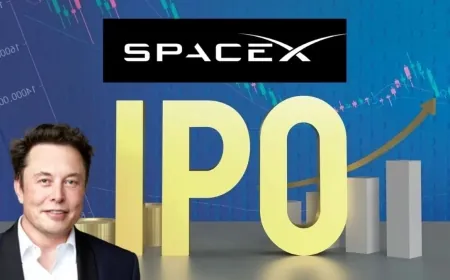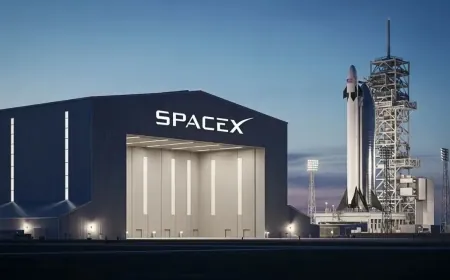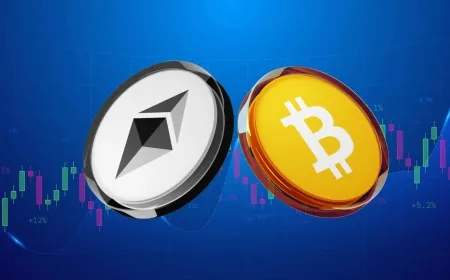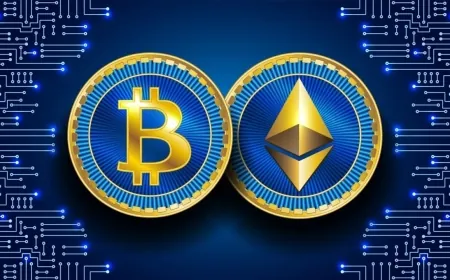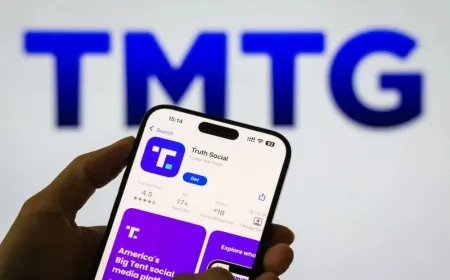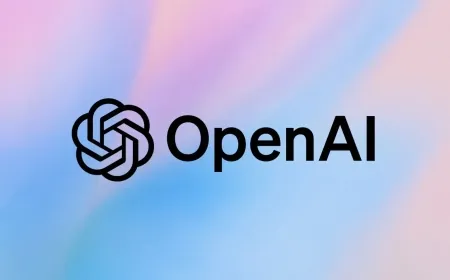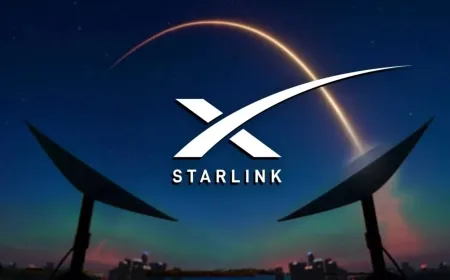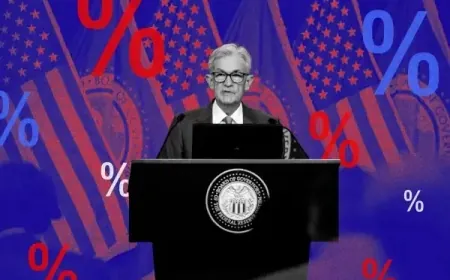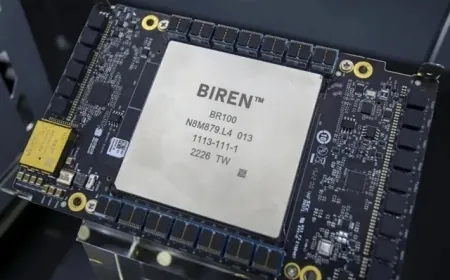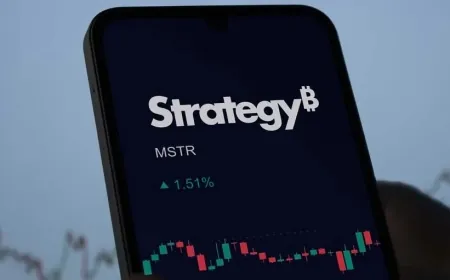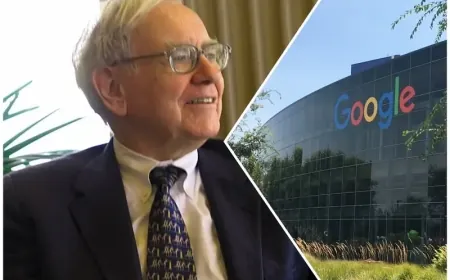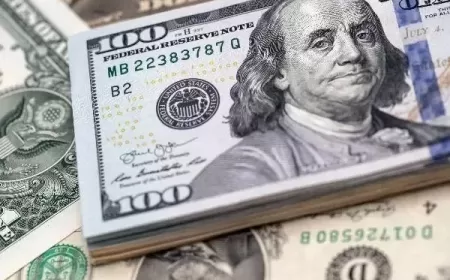How This Graphics Card Company By Chance Became a Crypto Giant
This graphics card company began with gaming but by chance became a key player in cryptocurrency and AI, changing the tech industry forever.
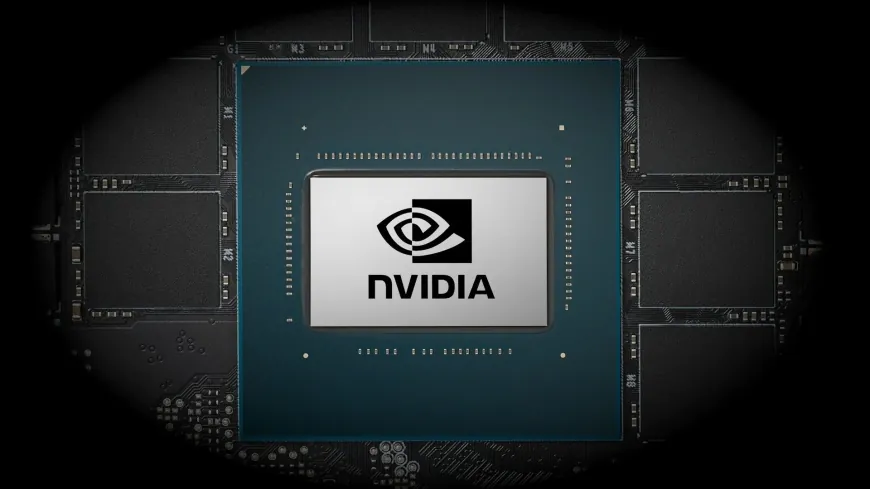
When Nvidia Corporation (NASDAQ: NVDA) was launched in 1993, its founders envisioned a company that could bring real-time graphics to the growing video game industry. By 1999, it had introduced the GeForce 256, the world’s first graphics processing unit (GPU), setting the stage for a generation of console and PC gaming. That same year, Nvidia went public on the NASDAQ exchange, positioning itself as a consumer hardware company.
Two decades later, Nvidia is no longer primarily a gaming supplier. Instead, it has become a central player in two of the most disruptive markets of the 21st century: cryptocurrency and artificial intelligence. Gaming now represents less than 10% of the company’s revenue. The shift is not the product of a single decision, but of a series of developments that pulled Nvidia far beyond its original business model.
CUDA: The Turning Point
The foundation for Nvidia’s pivot was laid in 2006 with the launch of CUDA (Compute Unified Device Architecture). The platform allowed software developers to program Nvidia GPUs for purposes other than graphics, taking advantage of the chips’ parallel computing capabilities. While it was initially of niche interest, CUDA gradually built a developer ecosystem that today underpins much of the company’s dominance in high-performance computing.
At first, adoption was slow. Gaming remained the primary source of revenue. But CUDA created the framework that would later make Nvidia indispensable to two industries that demanded immense computational power: cryptocurrency mining and machine learning.
The Crypto Mining Boom
The introduction of Bitcoin in 2009 created a new kind of demand for processing power. Mining — the process of validating transactions using proof-of-work — quickly outgrew standard CPUs. By 2011–2012, miners realized that GPUs could process the necessary calculations far faster. Nvidia cards became a preferred choice, and demand exploded.
By 2017, as cryptocurrencies surged to record highs, Nvidia’s GPUs were selling out worldwide, and resale prices on the secondary market were several times higher than retail. This unexpected demand drew scrutiny from investors and regulators.
In 2018, Nvidia faced a class action lawsuit alleging that it misled investors by downplaying how much of its revenue came from crypto mining. In 2022, the U.S. Securities and Exchange Commission fined the company $5.5 million for failing to disclose the true scale of crypto-related sales.
Although the arrival of ASIC miners later displaced GPUs for Bitcoin, the crypto boom underscored a reality: Nvidia’s chips were no longer just for gaming. They had become general-purpose engines for computationally intensive industries.
AI Adoption Redefines the Company
The real breakthrough came in the early 2010s. In 2012, researchers using Nvidia GPUs trained AlexNet, a deep learning model that won the ImageNet competition and demonstrated the advantages of GPU-accelerated machine learning. That result triggered a wave of AI research built on Nvidia hardware.
In 2016, CEO Jensen Huang personally donated a supercomputer with eight Nvidia GPUs to OpenAI, an early partnership that foreshadowed the AI surge. The release of ChatGPT in 2022 confirmed what many in research circles already knew: Nvidia GPUs had become the backbone of artificial intelligence development.
The shift to AI dramatically changed the company’s financial profile. In its second fiscal quarter of 2026, Nvidia reported $46.7 billion in total revenue, with $41.1 billion — nearly 90% — coming from data center sales, a category dominated by AI-driven demand. By contrast, gaming, once Nvidia’s identity, brought in just $4.3 billion. The company has now recorded nine straight quarters of revenue growth above 50% year over year.
From Gaming Supplier to Market Leader
The scale of Nvidia’s transformation has few precedents in technology. A company that once built graphics cards for PC gamers is now the most valuable company in the world, surpassing Apple, Microsoft, and Alphabet in market capitalization.
Its rise was neither planned nor accidental — but the result of seizing opportunities created by two very different markets. Cryptocurrency mining provided a temporary surge in demand and controversy, while artificial intelligence secured a long-term foundation that continues to grow.
Nvidia’s story illustrates how technological platforms — in this case, GPU architecture and CUDA — can be repurposed for industries the company’s founders never anticipated. What began as a gaming venture has become a cornerstone of modern computing, driving innovation in fields from AI research to cloud infrastructure.
Also Read: Nvidia Q2 Earnings: $8B Loss From China Ban





